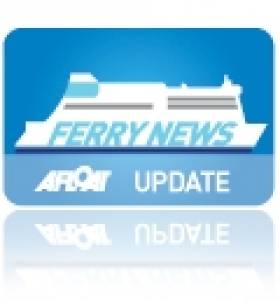Displaying items by tag: New Reservation System
FerryGateway Association Is Joined by Irish Ferries
#NewFerryInitiative - The FerryGateway Association which has been formed by major European ferry operators includes Irish Ferries. The association's other members are; Stena Line, DFDS, P&O Ferries, Viking Line, Tallink/Silja Line, Brittany Ferries and Color Line.
The aim of FerryGateway is to proactively work together to improve sales and distribution of ferry travel. Its first step is the launch of a new systems communications standard for agents and ferry operators.
Hans Björkborg, Managing Director of The FerryGateway Association says: "In Northern Europe alone 125 million passengers travel annually on ferries and online sales between agents and ferry operators has been growing fast. Until now system connections have been supported by out-dated and non-standardised solutions, the new FerryGateway standard is set to change this."
The main advantage with the new FerryGateway xml based communication standard is that a wider range of products and services can be offered for sale.
Hans Björkborg says: "We will also be able to better meet our customers' expectations by being able to offer the full range of ferry products and services. By making selling ferry travelling both easier and more attractive we expect to see growing interest from a wide range of B2B partner organisations."
Besides increasing sales, the new standard will also improve efficiency and lower costs, as agents and operators will only have to maintain one standardised way of system communication.
The standard will be open for all registered users and will be accessible via the ferrygateway.org website.
Agents and operators are already progressing to have the new standard implemented to go live well before the 2016 peak booking season.






























































